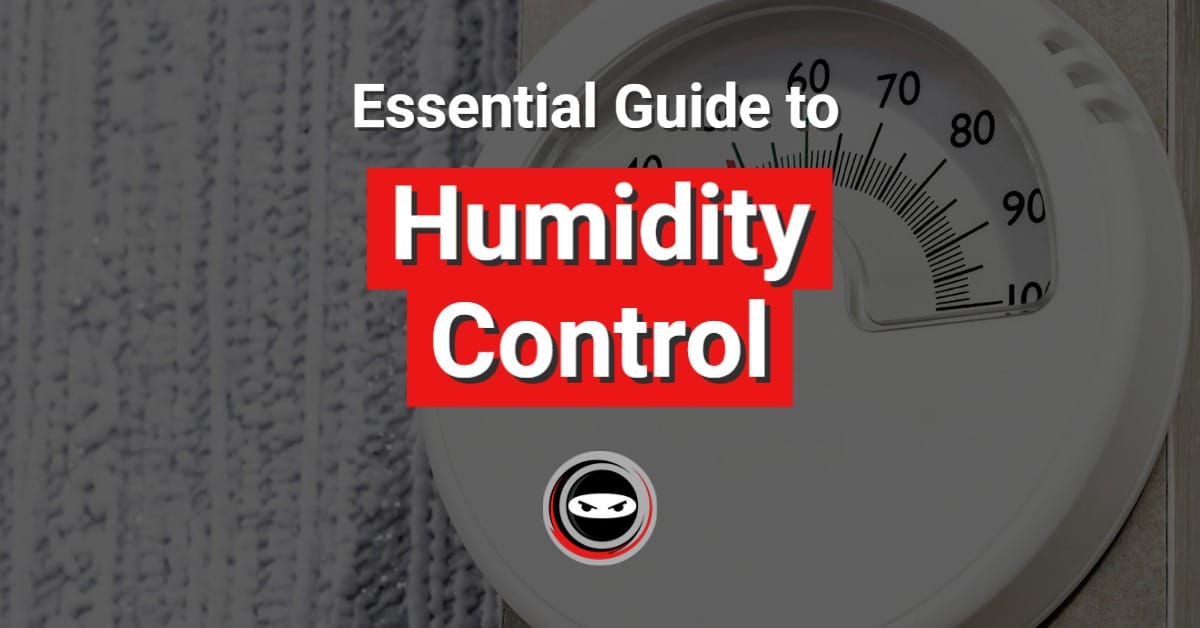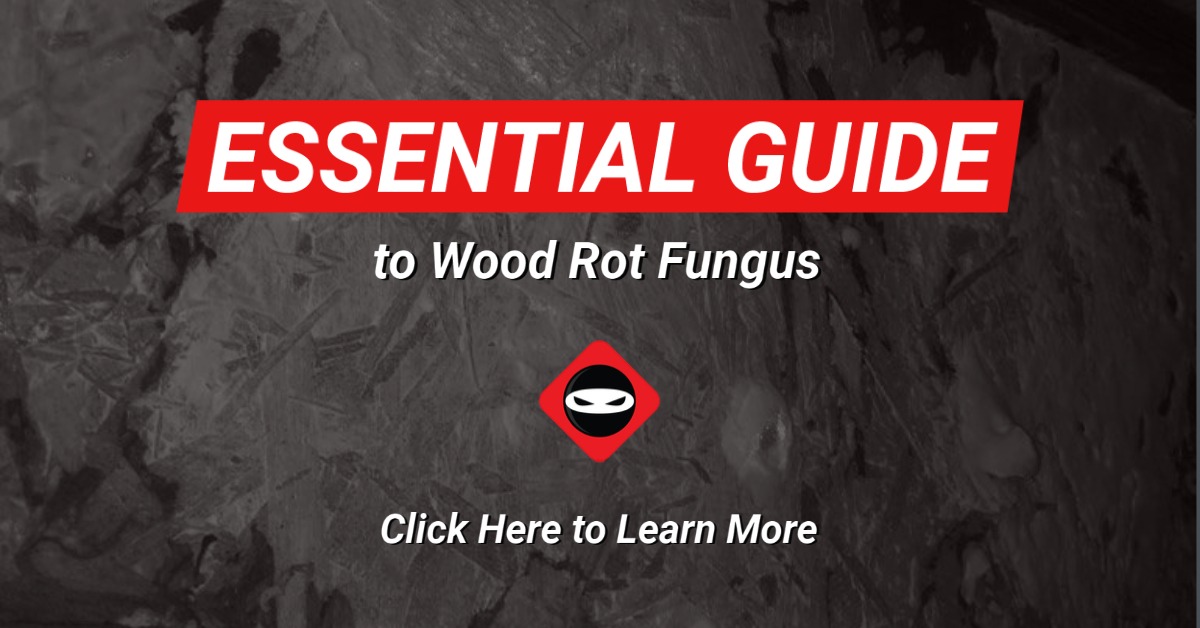Newly constructed homes are not immune to mold problems. Many times, construction spans over rainy days and wet seasons. Moisture from flooding or humidity can lead to mold issues. Just because your builder gives you a one-year warranty doesn’t necessarily mean mold will not grow.
Their warranty may not cover mold removal if it does grow. Make sure you protect your home from growing mold. Whether the home is brand new or new to you, mold can create indoor air quality problems.
What Does Mold Need to Grow?
Mold requires three things to grow, according to most experts. Moisture, oxygen and a food source. Two of the three are impossible to do away with, so you must focus on the one you can control, moisture. Oxygen is everywhere, and your home is made of wood (in most cases) so controlling water during construction is the best way to deter mold. Remember, water or moisture can come in the form of humidity, a leak or flooding. All must be dealt with promptly and permanently.
Control Humidity to Avoid Mold in a New Home
When the home was being built, chances are it was wrapped in a house wrap to protect it from moisture. This is a bit misleading. Most likely, the window and door openings remained open for months during construction, although the house wrap was installed. Also, the crawl space and attics were likely open to the elements as well.
Because house wrap does not stop humidity from entering areas left open during construction, moisture can enter unrestricted. This unrestricted moisture infiltration is usually in the form of humidity. Although, rain can blow into openings as well. Once the water has entered, there is usually no protocol performed by the builder to remove it.
The best way to dry the home after moisture has entered is with dehumidification. Most believe performing a “dry in” on the building is the best way to lower moisture levels that would otherwise lead to mold.
How Does the Drying In Process Control Mold?
Drying in means the building is resistant to the elements. But this is not enough. Simply keeping the elements out does not dry the wood of the sheet rock and crawl space that has already been exposed to moisture. A dry in plus dehumidification is the key to preventing mold. If your contractor has performed a dry in, make sure they install dehumidifiers and check wood moisture levels to ensure the structure is actually dry.
Contact Crawl Space Ninja for Basement Waterproofing and Encapsulation
Please contact us to schedule your assessment to fix your crawl space, basement issue.
Do you need help with mold removal, crawl space encapsulation, crawl space insulation, vapor barrier, waterproofing, foundation repair, basement waterproofing, or controlling humidity in your crawl space?
If you live in Georgia, Delaware, North Carolina, South Carolina, Tennessee, or Kentucky, Crawl Space Ninja can help!
Also, let us know in the comments below if you have an idea for a new blog topic.
DIY Crawl Space Repair
Perhaps you’d like to tackle your own crawl space repair. Visit our DIY Store.
Join Crawl Space Ninja as an Owner
Learn about Crawl Space Ninja Franchise opportunities.


Michael Church’s Crawl Space Repair Myths-Busted book was written to help you Avoid Bad Advice, Bad Decisions, & Bad Repairs.
“This book is the Cadillac for crawl space information and Michael Church is your experienced driver. What can I say? It’s just an amazing read.” 5.0 out of 5 stars The real deal.


